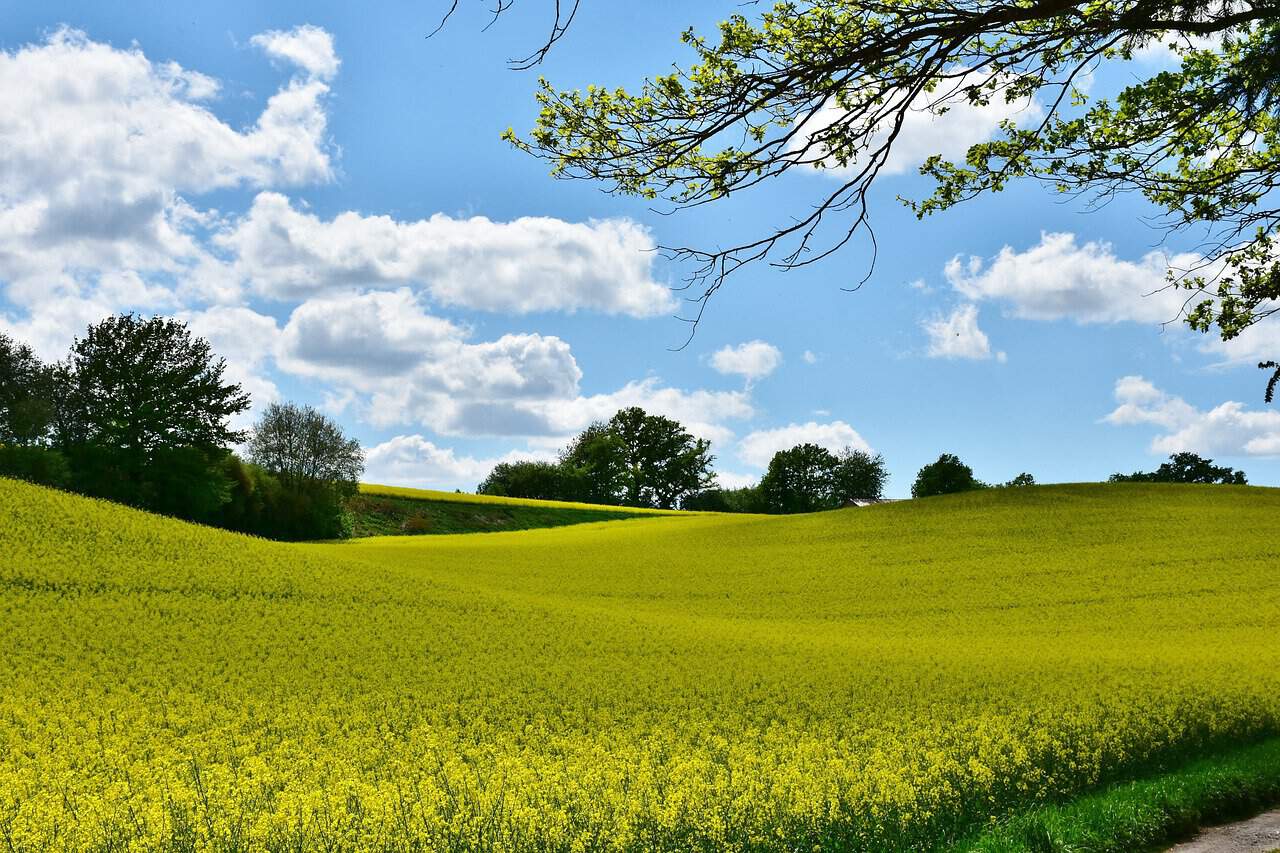by Alison Mitchell, Co-Executive Director, New Jersey Conservation Foundation
The news these days is full of suggestions for how to live a longer life. You may be doing just that if you live near a green space like a park, community garden or nature preserve.
A just-published study by researchers at Northwestern University found that people who live near green spaces were biologically 2.5 years younger, on average, than those surrounded by less greenery.
Published in the journal Science Advances, the Northwestern Medicine study found a direct relationship between proximity to green spaces and slower biological aging. The study is the first to investigate the effects of long-term exposure to urban green space on healthy aging.
“When we think about staying healthy as we get older, we usually focus on things like eating well, exercising and getting enough sleep,” said Kyeezu Kim, Ph.D., one of the study’s authors. However, our research shows that the environment we live in, specifically our community and access to green spaces, is also important for staying healthy as we age.”
The study has significant implications for urbanized places like New Jersey, where a high percentage of residents live in cities and densely-developed suburbs – and where efforts to add more trees and parks in urban areas are accelerating.
Could more parks and greenery lead to a healthier and longer-living population?
We’ve all met people whose bodies and brains seem years younger than their dates of birth would indicate – and, conversely, people who seem older than their years. That’s because people have two different ages, chronological and biological (also known as epigenetic).
“Our chronological age is based on our birthdate, but biological age means the true age that our cells, tissues, and organ systems appear to be, based on biochemistry,” according to the National Institutes of Health. “Our epigenome is affected by our environment and experiences over time, similar to how rings on the inside of a tree can tell us the tree’s age and mark where it had encountered damage or stress.”
If a person’s biological age is younger than their chronological age, they may be at lower risk of developing age-related health conditions such as cancer, cardiovascular disease or Alzheimer’s. Who wouldn’t want that – especially if it could be achieved partly through greater proximity to green spaces?
The Northwestern study looked at 924 individuals living in four U.S. cities: Chicago; Minneapolis; Oakland, Calif.; and Birmingham, Ala. The study group consisted of 376 Black and 548 white participants; 453 were men and 471 were women. Of the 924 participants, 54.5% had parks within five kilometers of their homes.
Researchers used satellite imaging over a 20-year period to quantify each city’s overall vegetation and the presence of major parks near participants’ residences. To assess participants’ biological ages, scientists analyzed their blood DNA to look for molecular-level changes related to the aging process.
Researchers discovered variations in the rate of aging linked to race, sex and socioeconomic status. These differences may be associated with the amount of exposure to green space, and point to a need for additional research, according to the authors.
“In our data, Black participants had lesser surrounding greenness than white participants, suggesting that Black participants might have fewer opportunities” to access green spaces that might slow biological aging, the study said.
The study noted that factors like physical activity and air pollution may play a role in the association between green spaces and healthy aging. And some research suggests that people living in areas with more green spaces may be less likely to smoke cigarettes, a major health risk.
“The underlying mechanisms between exposure to greenness and health are complex, and further study is needed to expand our understanding in this area,” the authors wrote.
Though much is still to be discovered about the relationship between green spaces and slower biological aging, the Northwestern study provides a powerful argument in favor of intensifying New Jersey’s efforts to ensure there are parks, gardens, and other green spaces in every community – urban, suburban and rural.
“We believe our findings have significant implications for urban planning in terms of expanding green infrastructure to promote public health and reduce health disparities,” said Kim.
Expanding green space in urban areas – especially communities with limited resources – would be a natural complement to New Jersey’s environmental justice law. This law seeks to improve the health of residents in overburdened low-income areas and communities of color by limiting new or expanded polluting facilities.
To read the Northwestern study, go to https://www.science.org/doi/10.1126/sciadv.adf8140.
And to learn more about preserving New Jersey’s land and natural resources – and greening its urban areas – visit the New Jersey Conservation Foundation website at www.njconservation.org or contact me at [email protected].

